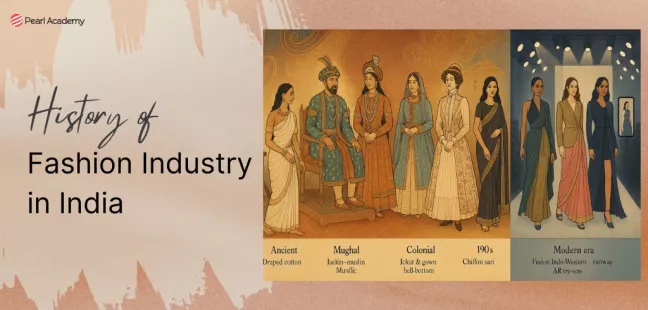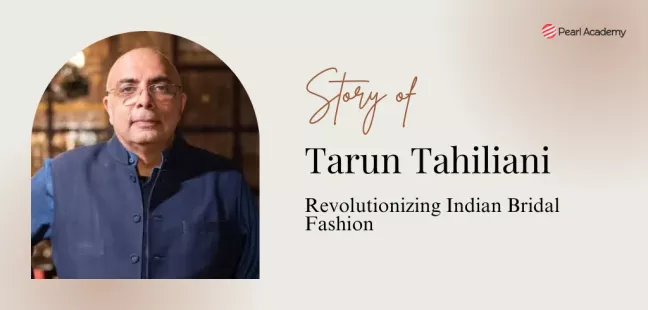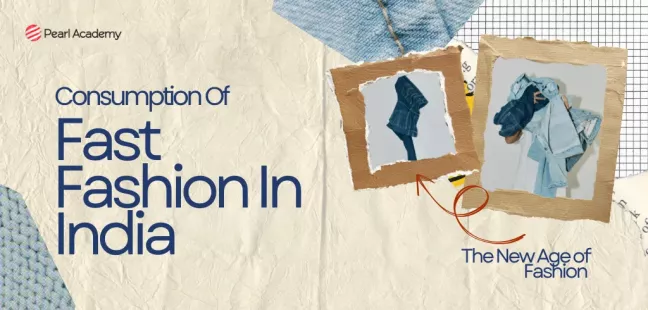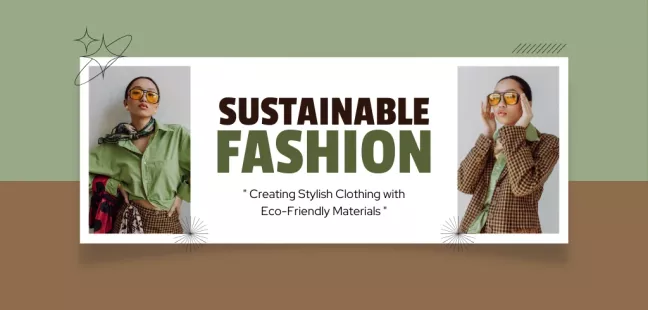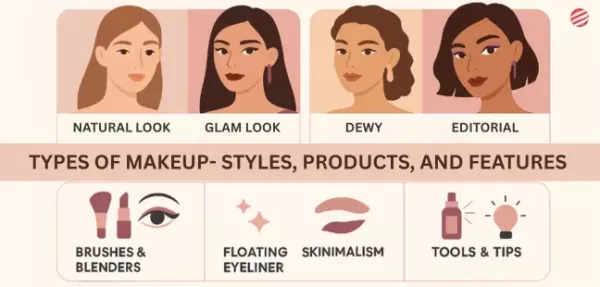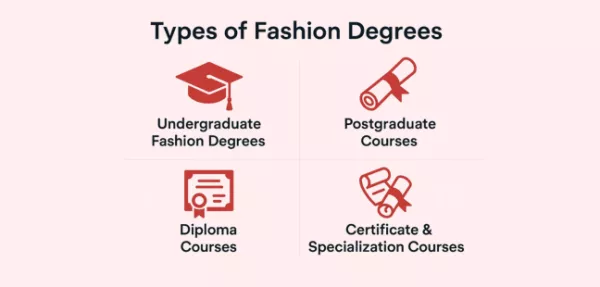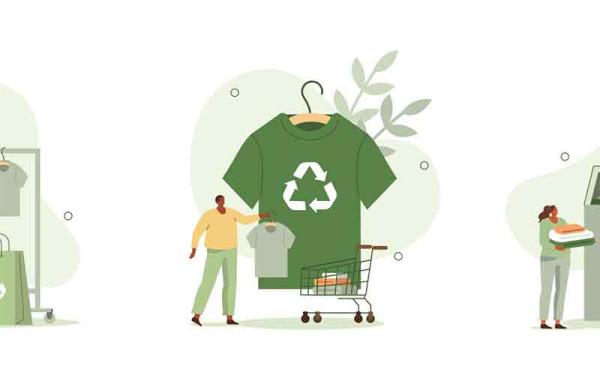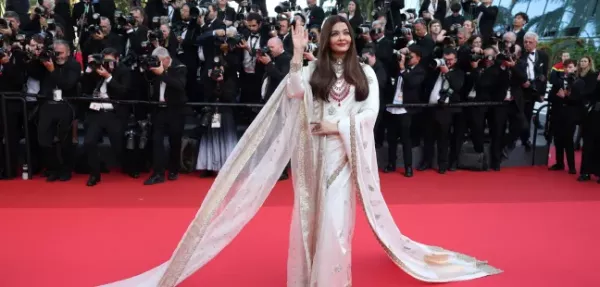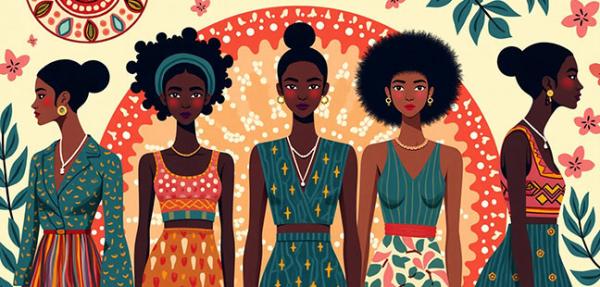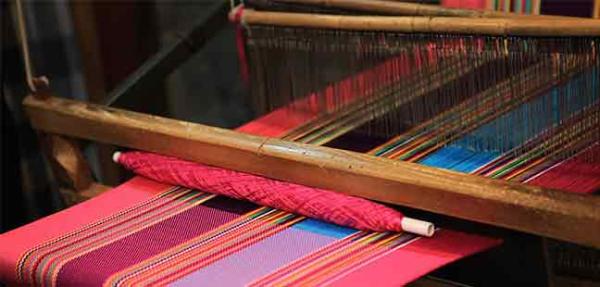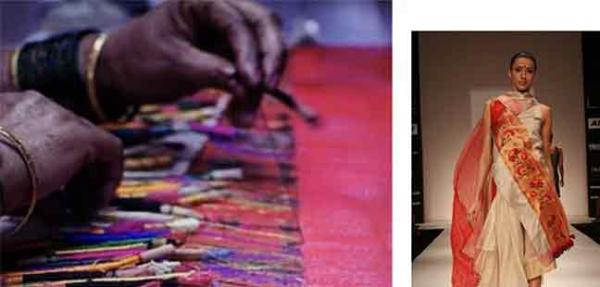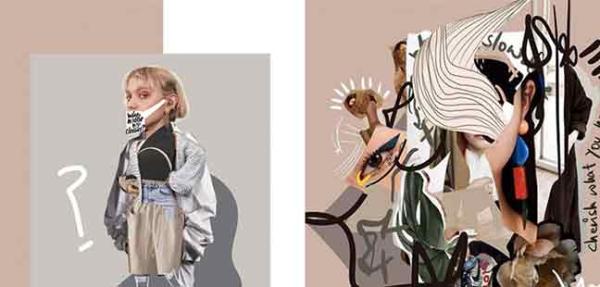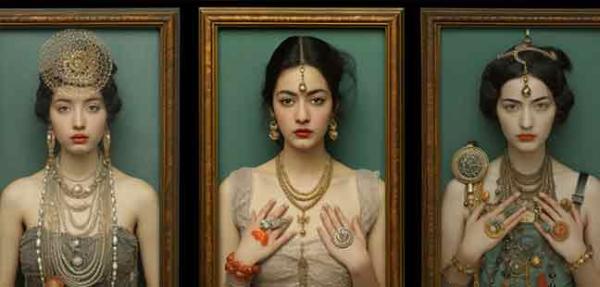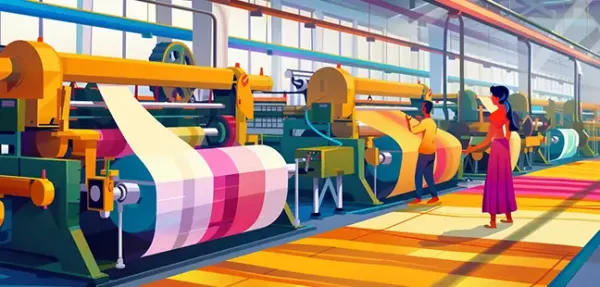Fabric Innovation in Fashion Design: Trends, Examples, and Future Scope
- Editorial Team
- Published 17-Aug-2025
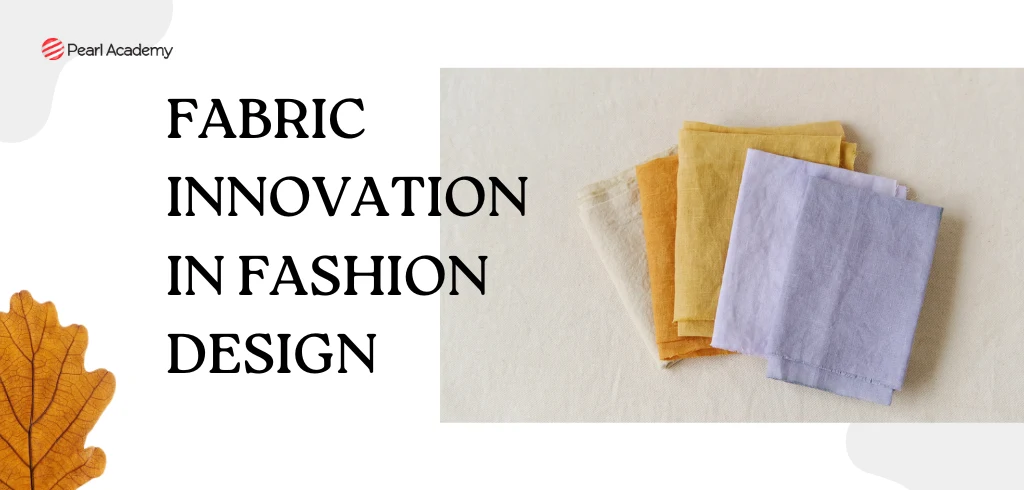
In the ever-evolving world of fashion, fabric innovation stands at the forefront of creativity, functionality, and sustainability. It is no longer enough for fabrics to simply look appealing—they are now expected to perform, protect, adapt, and, in many cases, biodegrade after use. This dynamic shift has brought fabric innovations into the spotlight, merging innovation in fashion with cutting-edge innovation in textiles.
From innovative fabrics that regulate body temperature to new fabric materials made from agricultural waste, material innovation has transformed how designers approach the creative process. Today’s fashion is about innovative fashion that blends aesthetics with purpose, creating garments that meet the needs of conscious consumers, high-performance athletes, and style enthusiasts alike.
Become future-ready with our Fashion Programs
Know MoreThe Importance of Fabric Innovation in Fashion Design
Fabric innovations go far beyond making garments softer or more durable—they transform the very capabilities of textiles. They:
- Fuel Industry Growth: Driving economic expansion in the fashion and textile sectors.
- Advance Sustainability: Reducing environmental impact through eco-conscious materials and circular production.
- Improve Functionality: Enhancing comfort, adaptability, and protection in clothing.
- Influence Consumer Behaviour: Changing how people interact with and perceive fabric products.
Which fabric is in trend in 2025?
In 2025, the most prominent fabrics are expected to combine sustainability, performance, and style innovations. Hemp blends will lead due to their low environmental footprint and versatility across apparel categories, making them an excellent reference point when considering how to choose the right fabric for fashion in contemporary design projects.
Biodegradable activewear fabrics, often developed from plant-based polymers, are predicted to dominate the athleisure market, offering comfort and eco-friendliness. Recycled polyester (rPET) will remain popular in both sportswear and fashion-forward collections, supported by improved recycling technologies that enhance fabric quality. Smart fabrics, with integrated nanotech or conductive fibres, will gain traction in sportswear, healthcare garments, and adaptive outerwear.
Additionally, biotech materials like lab-grown spider silk and mycelium leather will find mainstream adoption in luxury and premium fashion segments. These innovative fabrics will not only satisfy consumer demand for innovative fashion but also meet stringent industry targets for sustainability and ethical production. The trend landscape suggests a blend of fashion innovation ideas and responsible material choices.
You may also like: What are the different types of fabric in Fashion Design?
Current Trends in Fabric Innovations
Fabric innovations now stand at the threshold of modernity, utility, accountability, and durability. Fabric innovations now cater to the needs of every section of the population, as opposed to being just for the rich and the privileged. Listed below are some major fabric innovations happening to change the world into a better place.
1. Smart Textiles: When Fabric Gets a Brain
Smart textiles (or e-textiles) integrate technology with fabrics, enabling them to sense, react, and sometimes adapt to environmental or bodily conditions.
Types of Smart Textiles:
- Passive Smart Textiles: Sense conditions but don’t react (e.g., UV-sensitive fabrics changing colour in sunlight).
- Active Smart Textiles: Sense and react (e.g., self-heating jackets, moisture-wicking sportswear).
- Ultra-Smart Textiles: Sense, react, and adapt (e.g., garments monitoring vital signs and adjusting insulation).
Applications:
- Fashion & Apparel: Colour-changing outfits, garments syncing with smartphones.
- Healthcare: Clothing for continuous patient monitoring.
- Sports: Performance-enhancing wearables with movement analytics.
- Military: Camouflage adapting to surroundings, uniforms with integrated communication.
2. Sustainable and Eco-Friendly Textiles: Fashion Meets Conservation
Sustainability has become central to innovation in textiles, driven by environmental urgency and consumer demand.
Innovative Eco-Friendly Materials:
- Recycled Fibres: Turning PET bottles into rPET fabrics or fishing nets into regenerated nylon.
- Biodegradable Fabrics: Algae-based textiles, banana fibres, mycelium leather.
- Organic and Low-Impact Dyes: Plant-based pigments and waterless dyeing technologies.
Circular Economy Approaches:
- Designing for recyclability.
- Brand-led garment take-back programs.
- Rental and resale business models to extend clothing lifespan.
3. Nanotechnology in Textiles: Small Particles, Big Impact
Nanotech fabrics are engineered at the molecular scale to enhance performance.
Key Benefits:
- Durability: Nanoparticles reinforce fibre structures.
- Functionality: Water/stain resistance, antimicrobial properties.
- Thermal Regulation: Phase-change materials that absorb/release heat for comfort.
Applications:
Sportswear with moisture-wicking nanofibres, antimicrobial medical uniforms, protective gear with abrasion resistance.
4. 3D Printing in Textile Manufacturing: Fabricating the Future
Material innovation is thriving with 3D printing, enabling complex, customised, and sustainable production.
Advantages:
- Custom Fit: Tailoring garments to body scans.
- Waste Reduction: Printing only required material.
- Complex Designs: Structures impossible via traditional weaving/knitting.
Challenges:
Slow production speed, limited printable materials, high equipment costs.
5. Biotextiles and Biomimicry: Learning from Nature
Biotextiles are made from or interact with biological systems, while biomimicry draws inspiration from nature’s solutions.
Examples:
- Spider Silk-Inspired Fibres: High strength and flexibility for lightweight performance wear.
- Self-Healing Fabrics: Microcapsules releasing repair agents upon damage.
- Colour-Changing Materials: Thermochromic or photochromic fabrics for adaptive fashion and safety.
These are some of the latest fabric innovations happening in textile, bio textile industries, fashion industries, nanotechnology industries, and more. Many new entrepreneurs in fashion and textile, are now adopting the pathway of sustainability, hence contributing positively to the larger environment debate. All these innovations are proving impactful in creating a more sustainable environment.
What is Fabric AI?
Fabric AI refers to the integration of artificial intelligence into the design, production, and lifecycle management of textiles. Using advanced algorithms and machine learning models, Fabric AI can analyse vast datasets from fashion trends, consumer preferences, and performance testing to create optimised textile designs. This includes generating fashion innovation ideas, developing innovative fabrics with tailored properties, and ensuring zero-waste cutting through AI-driven pattern layouts.
In manufacturing, AI systems monitor and adjust loom or knitting machine operations in real time to enhance productivity and quality control. Predictive analytics enable manufacturers to anticipate demand, reducing overproduction and waste. In product development, AI assists in selecting new fabric materials based on sustainability scores, durability, and performance. The technology also supports customisation, offering consumers personalised fabric patterns and garment fits. As innovation in textiles accelerates, Fabric AI is emerging as a core driver of material innovation in the fashion industry.
Fashion Innovation Examples: Global and Indian Context
Global Examples:
Internationally, leading fashion houses have embraced fabric innovation as a cornerstone of their sustainability and design strategies. Stella McCartney, a pioneer in ethical luxury, has integrated Mylo™ mushroom leather and regenerated cashmere into her collections, setting a benchmark for material innovation that combines luxury with environmental responsibility. Nike’s Flyknit technology represents a significant leap in innovation in textiles, employing precision knitting to create seamless shoe uppers that minimise waste and enhance performance. Similarly, The North Face has introduced FUTURELIGHT™, a breathable yet waterproof fabric developed through advanced nanospinning technology, exemplifying the fusion of innovative fabrics with technical performance wear.
Indian Examples:
In the Indian context, fashion innovation examples demonstrate that textile innovation is not confined to high-tech laboratories but flourishes equally within craft-based, community-driven frameworks. Anita Dongre’s Grassroot initiative revitalises organic cotton, khadi, and handloom traditions, blending heritage techniques with contemporary design to align with innovation in fashion. Péro by Aneeth Arora creatively merges indigenous weaving methods with modern silhouettes, showcasing innovative fashion rooted in cultural authenticity. Likewise, 11.11 / eleven eleven develops naturally dyed, handspun fabrics from indigenous cotton varieties, advancing a model of sustainable fabric innovation that preserves artisanal knowledge while meeting contemporary aesthetic and functional demands. Together they contribute significantly to the growth in the textile industry of India.
Collectively, these global and Indian case studies illustrate that style innovations can emerge from diverse contexts—from technologically advanced textile engineering to the reinvention of traditional crafts—reflecting a holistic and inclusive approach to material innovation in the fashion industry.
Future Scope of Fabric Innovation
By 2025 and beyond, we can expect:
- Nanotech Fabrics: Self-cleaning, pollutant-filtering, and responsive to environmental changes.
- Biodegradable High-Performance Fabrics: Combining athletic-grade performance with eco-friendly decomposition.
- Solar-Powered Fabrics: Materials that can store and transfer energy to devices.
- Advanced Composite Fibres: Blending organic and synthetic materials for unmatched durability and comfort.
The future of fabric innovation is a multidisciplinary field involving material science, design thinking, environmental engineering, and innovation in textiles.
Academic Pathways to Master Fabric Innovation
For aspiring textile innovators, formal education bridges creativity with technical expertise. The B.Des Textile Design Program at Pearl Academy prepares students to:
- Develop innovative fabrics using sustainable practices.
- Understand material innovation processes, from fibre production to finishing.
- Apply digital tools for textile design and simulation.
- Integrate fashion innovation ideas with market demands.
Through workshops, internships, and industry projects, students gain practical experience in both innovation in fashion and innovation in textiles, positioning themselves as leaders in the field.

Student Guidance Center: Our Counselors are Just a Click Away.
Conclusion
Fabric innovation has become the foundation of innovative fashion, merging material innovation with creative vision and sustainability. From new fabric materials like mushroom leather to innovative styles in digital fashion, the possibilities are endless.
For students and professionals, mastering innovation in textiles is essential for future-proofing their careers. By joining programs like the B.Des Textile Design at Pearl Academy, aspiring designers can immerse themselves in the world of textile innovation, gaining the skills and knowledge needed to lead the industry toward a smarter, more sustainable future.
FAQs on Fabric Innovation
1. What is the new technology in fabrics?
Recent advancements include smart textiles, nanotech fabrics, bioengineered fibres like mycelium leather, and digital fabric printing. These technologies enhance fabric performance, sustainability, and interactivity.
2. What is a textile innovation?
A textile innovation refers to any breakthrough in material composition, production process, or design application that improves the fabric’s functionality, sustainability, or aesthetic potential.
3. What is a fabric technology?
Fabric technology encompasses the scientific and engineering methods used to create and modify fabrics—ranging from fibre engineering and weaving techniques to finishing processes like antimicrobial or water-repellent treatments.
4. What is the latest trend in fabrics?
Current trends highlight sustainable fabrics (organic cotton, hemp, bamboo), recycled fibres (rPET), and innovative fabrics such as biodegradable performance wear and lab-grown materials.
5. What is smart fabric technology?
Smart fabric technology integrates sensors, conductive fibres, or responsive materials into textiles, enabling them to sense, react, or adapt to environmental or physiological changes.
6. Which fibre is an innovation in the textile industry?
Notable new fibres include mycelium leather, banana fibre, lab-grown spider silk, and biodegradable synthetic fibres like those developed by Kintra.
7. What are creative textiles?
Creative textiles refer to fabrics developed through experimental design processes, combining unconventional materials, advanced weaving or knitting techniques, and artistic expression to produce innovative aesthetics and functionalities.
8. What is the most popular fabric manufacturing technology?
Currently, digital fabric printing and seamless knitting (e.g., Nike Flyknit) are among the most widely adopted for their efficiency, customisation, and waste reduction.
11. What is nanotech fabric?
Nanotech fabrics are engineered at the molecular level using nanoparticles to achieve properties such as water resistance, stain repellency, antimicrobial protection, or enhanced durability.
12. What is a digital fabric?
A digital fabric is designed or simulated using digital tools, enabling virtual prototyping, precision pattern creation, and integration into virtual fashion (metaverse clothing).
13. What are the new technologies in cotton production?
Innovations include water-efficient irrigation, organic cultivation methods, genetically modified drought-resistant varieties, and enzymatic processing for softer, stronger cotton.
14. What is the technology of fabric production?
Fabric production technologies span spinning (ring, rotor, air-jet), weaving (shuttleless looms), knitting (circular, flatbed), nonwovens, and finishing techniques (coating, lamination, nanofinishing).
Tags
- #Fashion
Pearl Admission Enquiry
Subscribe to Pearl Blogs
By clicking the "Subscribe" button, I agree and accept the privacy policy of Pearl Academy.





























